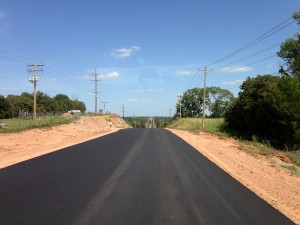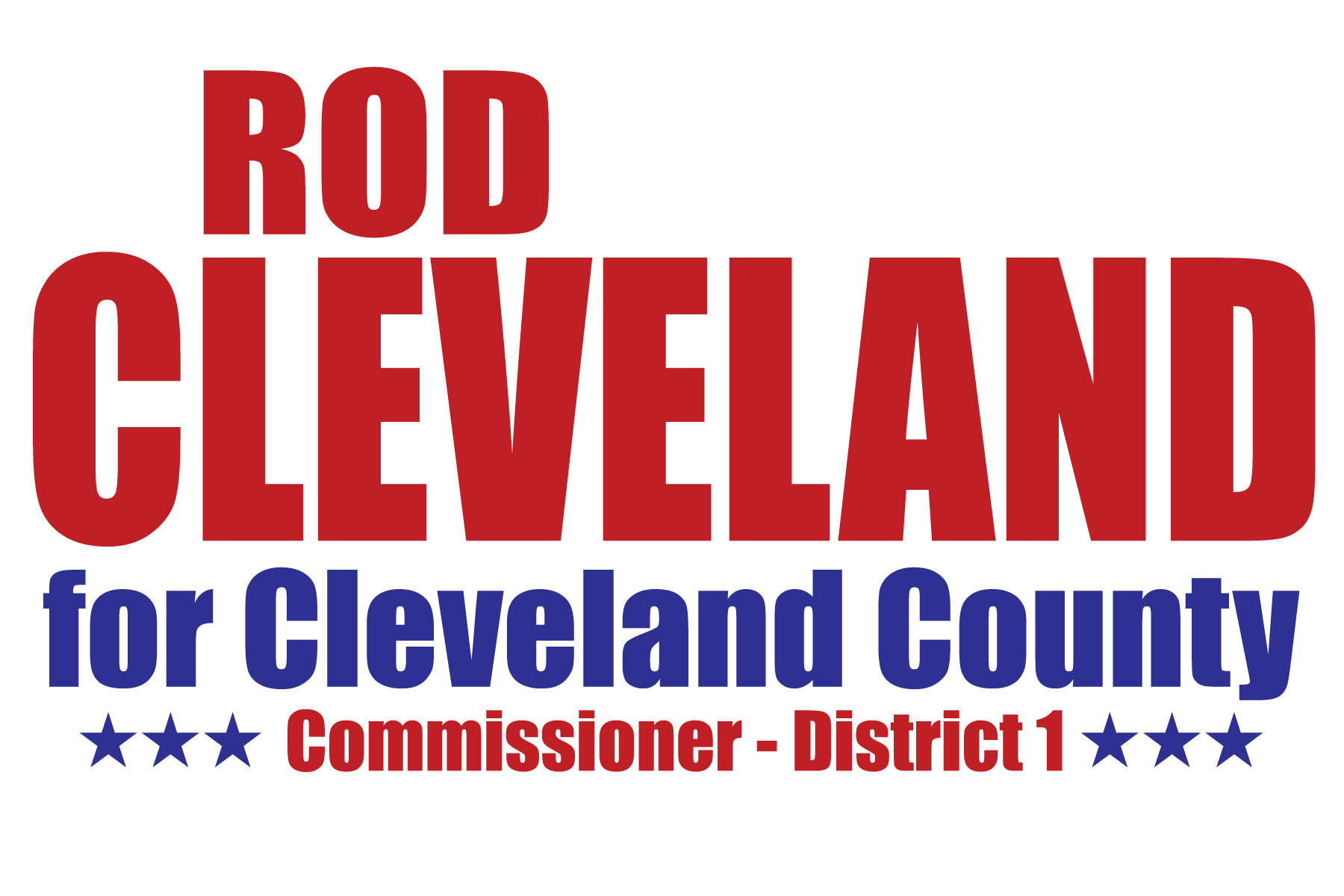by Kavita MakNo presence information on 3/24/2014 2:39 PM
Category: Transportation

Stretch of NE 149th Street reconstructed and waiting on thermal plastic safety striping with trees removed from the right-away for safety.
In February 2014, NACo released a new research study The Road Ahead: County Transportation Funding and Financing, which examines county transportation (roads and bridges) funding mechanisms, challenges and solutions across the 48 states with county governments. Accompanying the study, NACo released an interactive web-based map that details information related to transportation funding for counties in each state from the share of county roads and bridges in the state to identifying the states that authorize counties to raise a local option sales tax to use for transportation. The user can also access individual two page profile for each state on how counties in that state fund transportation.
Taking a closer look at counties in one state — Oklahoma — shows the range of information available on the interactive tool and state profiles. Oklahoma counties have a significant responsibility for roads and bridges in the state — counties own 70 percent of public road miles and 59 percent of all bridges statewide. By comparison, counties nationwide own 45 percent of public road miles and 39 percent of bridges. The main funding program for county roads and bridges is the County Highway Fund, which consists of revenues from the state taxes on gasoline and diesel fuels as well as motor vehicle registration fees and a portion of the of the state gross production tax on oil and gas in the case of counties that have oil and gas production. These funds —$265.6 million in state fiscal year 2013— are allocated to each of Oklahoma’s 77 counties by a formula. In addition, counties received from the state Tax Commission funding to build, contract and maintain county roads and bridges, close to $24.6 million in state fiscal year 2013. In addition, for the replacement and reconstruction of county roads and bridges, the state allocated to counties $99 million in 2013.
Counties also receive road and bridge funding from the federal government, channeled through the state. In federal FY13, The Oklahoma Department of Transportation provided counties with $26 million from the federal Surface Transportation Program and another $500,000 for safety bridge inspection. Federal funding, however, accounted for only 6 percent of total county transportation funding in 2013. In addition, counties raise their own revenue sources to supplement state and federal funding through local option sales taxes. In FY13, counties raised $34 million for transportation projects using local option sales taxes.
Oklahoma counties face a number of challenges, some shared with counties in other states while others specific to Oklahoma. They depend heavily on revenues from the state gas tax for transportation funding and like many counties across the country, they are grappling with the problem of the declining purchasing power of the state gas tax. The state’s fixed-rate gas tax has not been raised since 1987 and it has not kept pace with increasing costs of construction and maintenance, making it increasingly difficult for counties to fund road and bridge projects. Thirty-one (31) percent of all county bridges in Oklahoma are structurally deficient, but they represent the bulk of all the structurally deficient bridges in the state — 83 percent. Oklahoma counties have also been hit hard recently by natural disasters —between 2010 and today, Oklahoma had 13 major disaster declarations ranging from severe winter storms and wildfires to tornadoes and flooding. These disasters took a toll on county roads and bridges. Counties have not been receiving adequate funding to repair the damage, especially on county major collectors since these roads do not qualify for Federal Emergency Management Agency (FEMA) funding.
Oklahoma counties continue to look for ways to address their transportation challenges. One proposal is H.B. 1080 in Oklahoma legislature. If passed, this bill would reallocate 5 percent of license tag fees paid by motorists from the state’s General Revenue Fund to counties. The reallocation of these fees would result in $30 million in new revenue for counties to invest in county major collectors. Although this bill did not pass in 2013, it is still active for the state legislature to consider in 2014.
To learn more about the role of counties in transportation and how they fund their roads and bridges in Oklahoma and other 47 states with county governments, visit NACo’s The Road Ahead study and interactive data tool at http://www.naco.org/research/Pages/county-transportation.aspx.

